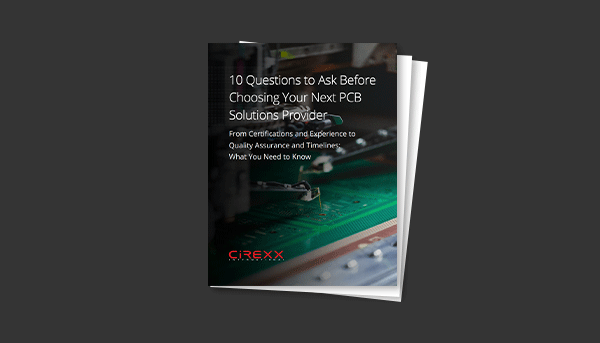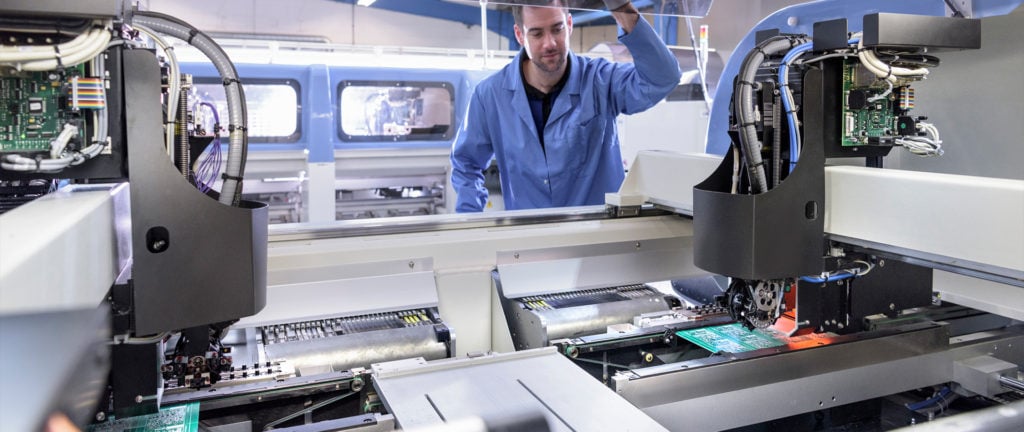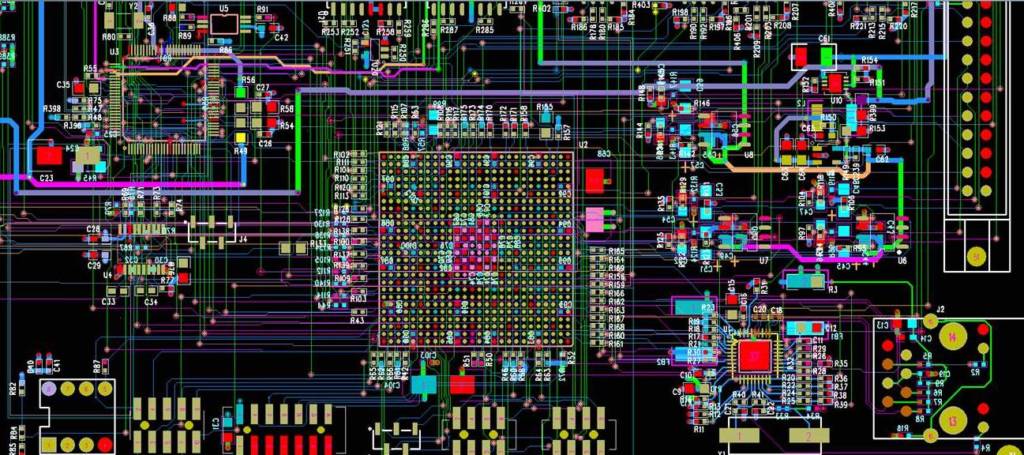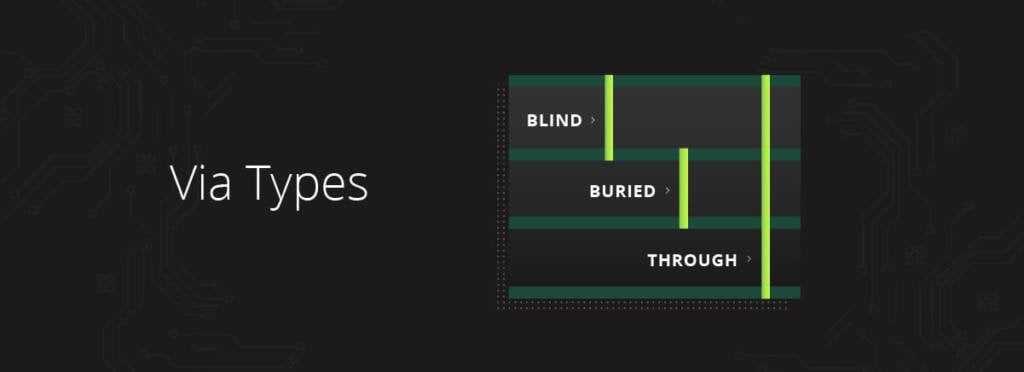Altium vs. OrCAD — Your Complete PCB Design & Layout Comparison Guide
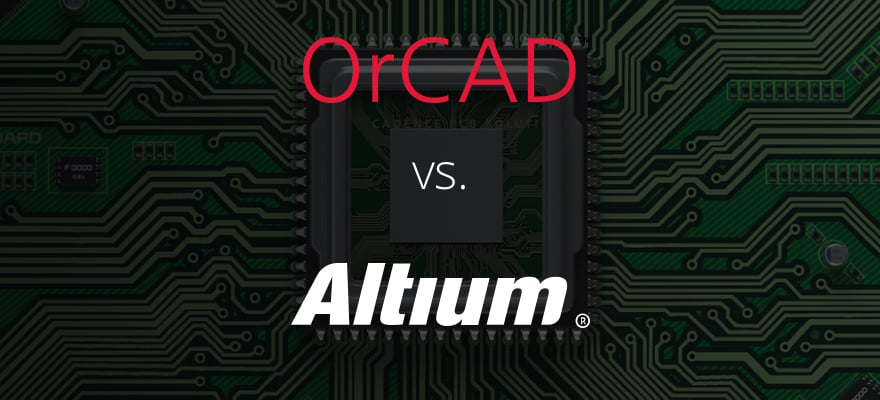
Altium and OrCAD are two popular PCB design and layout tools, each offering similar functions and capabilities — but they do have some major differences. In this comparison guide, we examine the two from every angle and provide a list of pros and cons, plus tips for choosing the right software for your next project.
The Importance of Choosing the Right PCB Software
The first step is to determine the design requirements of your project. Is this a high-tech PCB that requires impedance control, high-speed signals, complex circuits, or fine pitch design? If so, you want to opt for a higher-tech software, which offers more built-in tools and features that allow for a faster and more accurate design. Simpler designs require less complex software capabilities.
The right software will provide you with the features and capabilities you need to complete your project on time and on budget.
Altium vs. OrCAD Comparison Table
Altium |
OrCAD |
|
|---|---|---|
| Pricing | Altium offers two subscription plans — standard and pro.
Altium Designer starts at $325/month (for one seat) with a 15-day free trial. An annual license costs $3,850 per seat for the standard plan or $4,845 (per seat per year) for the pro plan. Altium CircuitMaker is a free PCB design tool. |
The cost of a new, perpetual license for OrCAD PCB Designer Standard is $2,630. A new 1-year lease for the same software is $1,300. The OrCAD PCB Designer Pro ranges from $2,300 to $7,140 depending on the license term and method. A free trial is also available.
|
| Customer Service | Every subscription level comes with Altium Support, which includes support tickets, a chat function, documentation center, access to Altium community forums, and more. | OrCAD’s customer service includes 24/7 online support, software downloads, online access to articles and documentation, and more.
|
| Ease of Use | Easy to use. Includes a lot of built-in wizards and helpful functions. The library creation process is faster and more intuitive. Visually intuitive UI. | Easily configurable but not necessarily beginner-friendly.
|
| Component Libraries | Component libraries are not cross-compatible between Altium and Allegro (OrCAD) tools. There are methods of converting them, but it takes some manual process to do so. | |
| Ease of Setup | Both programs are similar in terms of setup and include the purchase of a license and installation of software. For more information: | |
| User Interface | Both software programs have an easily configurable UI in which you can rearrange panels to your preference. | |
| Inputting Design Rules | Organizes rules into a hierarchical folder structure, which makes it easy to see your design rules at a glance. | Spreadsheet-style format. Very powerful, but you have to know what you’re looking for.
|
| Controls and Key Bindings | Controls and keybinds are similar to most software programs on the market. | Controls and keybinds are completely different from other software programs. |
| Part Creation | Intuitive — a more visual process within the same window and workflow.
|
Component creation is more modular/procedural; there are more steps but more opportunities to reuse constituent parts of land patterns (like pads) for other components. |
| Importing Schematic into Layout File
(Netlisting Design) |
You can look through each individual change and decide which ones to apply to the file. Will generate a report at the end detailing all changes. | You point the schematic toward a layout file and add the parts and connections. Will generate a report at the end detailing all changes.
|
| Error Checking | Supports real-time design rule checking (DRC), as well as batch DRC. | |
| Compatibility With Other Software | Many automatic functions and add-ons are available that make it easier to convert layouts. There are utilities that can convert layouts between Altium and Allegro, but they may require review to ensure they convert fully and correctly. | You can easily move from OrCAD to Allegro. You may not be able to move from Allegro to OrCAD if you are trying to open an Allegro design that uses additional license features that aren’t supported in OrCAD. OrCAD supports a standard set of cross-compatible files. |
Altium Designer Overview
Altium, a global software company that provides PCB design tools and resources, bills itself as “a global market leader with the #1 PCB software tool in use today.”
Altium Designer provides the capability to solve complex engineering problems and create new electronic devices. The software combines schematics, ECAD libraries, rules and constraints, BoM, supply chain management, ECO processes, and world-class PCB layout tools.
Altium’s most popular product is Altium Designer, but other Altium products include:
- Altium Concord Pro
- Altium 365
- Altium NEXUS
- CircuitMaker
- CircuitStudio
- Octopart
- TASKING
Altium Designer Specifications
As detailed on Altium’s website, the software program has a variety of features and capabilities, including:
- Schematic capture
- Unified library management
- Board layout
- Interactive routing
- High-speed and high-density design
- Data management
- Mixed simulation
- MCAD collaboration
- Fabrication drawings
- Manufacturing outputs
Pros & Cons of Altium
.tg {border-collapse:collapse;border-color:#ccc;border-spacing:0;}
.tg td{background-color:#fff;border-color:#ccc;border-style:solid;border-width:1px;color:#333;
font-family:Arial, sans-serif;font-size:14px;overflow:hidden;padding:10px 5px;word-break:normal;}
.tg th{background-color:#f0f0f0;border-color:#ccc;border-style:solid;border-width:1px;color:#333;
font-family:Arial, sans-serif;font-size:14px;font-weight:normal;overflow:hidden;padding:10px 5px;word-break:normal;}
.tg .tg-c3ow{border-color:inherit;text-align:center;vertical-align:top}
.tg .tg-0pky{border-color:inherit;text-align:left;vertical-align:top}
Pros |
Cons |
|---|---|
|
|
Who Is Altium Best Suited For?
At the end of the day, it comes down to preference, which software ecosystem you want to invest in, and which workflow/UI you prefer. Both Altium and OrCAD software packages are very capable for any complexity of design.
OrCAD Overview
OrCAD is manufactured by Cadence, which also produces Allegro, another popular PCB software. It does have a bigger learning curve in addition to a high price tag, but OrCAD offers promotions and discounts, which can alleviate the cost.
Users can try out OrCAD with a free trial. The OrCAD Academic Program allows students to receive free OrCAD software with a valid academic email address.
OrCAD PCB Designer “is a tiered, scalable PCB design solution that delivers advanced capabilities and highly integrated flows.” Another program, OrCAD Capture, is a popular schematic design tool. OrCAD capabilities include:
- Schematic capture
- Librarian tools
- PCB editing and routing
- Constraint Manager
- Signal integrity
- Autorouting
- Mixed-signal circuit simulation (optional)
OrCAD Designer Specifications
One of the main differences between these two software programs is that OrCAD has different functions broken up into separate applications. It does come with a large library of applications, and since it runs lighter on system resources, the software program doesn’t use as much RAM. As detailed on OrCAD’s website, features and capabilities include:
- Customizable workflow
- Real-time feedback
- Unified parts search and libraries
- Design reuse
- Hierarchical design
- DFM rules wizard
Pros & Cons of OrCAD
Pros |
Cons |
|---|---|
|
|
Who Is OrCAD Best Suited For?
You typically see Allegro used more as enterprise software at larger companies and by people who are already versed in the Allegro ecosystem. Altium CircuitMaker is probably still better for new designers and small, simple boards. Allegro products are good for people who want highly configurable software and prefer the Allegro workflow.
Contact Cirexx With Questions About PCB Layout and Design
If you’re looking for more information about Altium or OrCAD — or you have general questions about the PCB layout process — don’t hesitate to contact us. Our principal engineers have extensive experience developing layouts with numerous software platforms, and we’d be happy to answer your questions.

